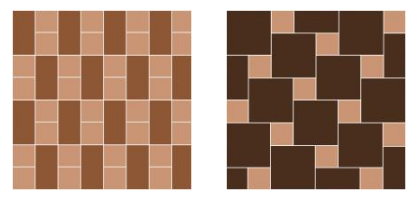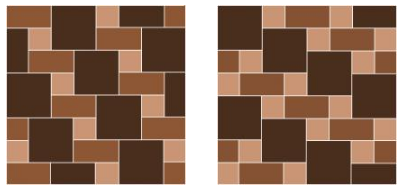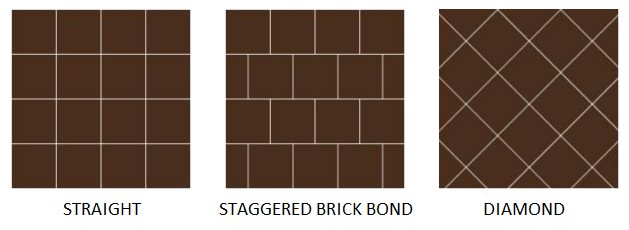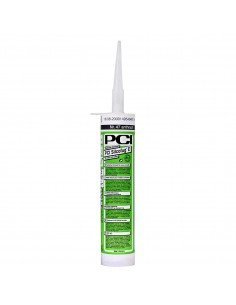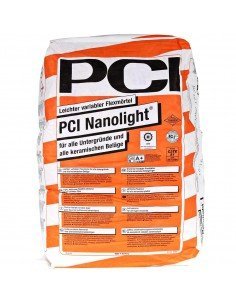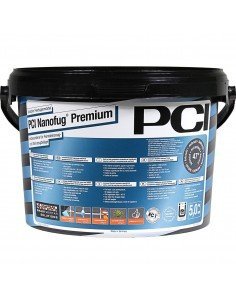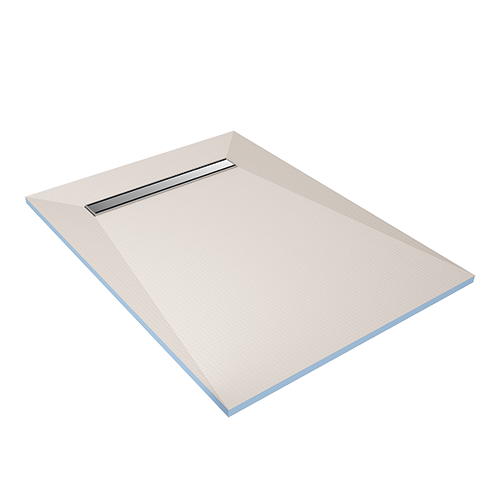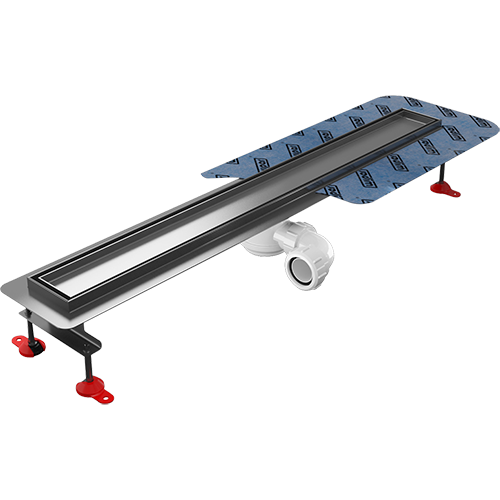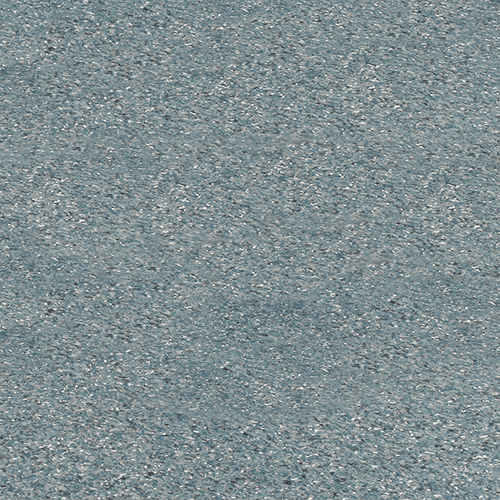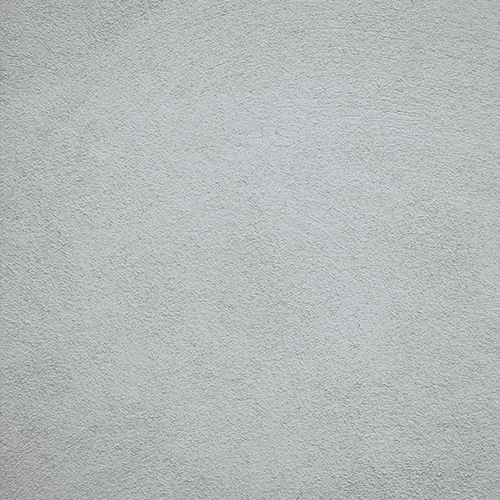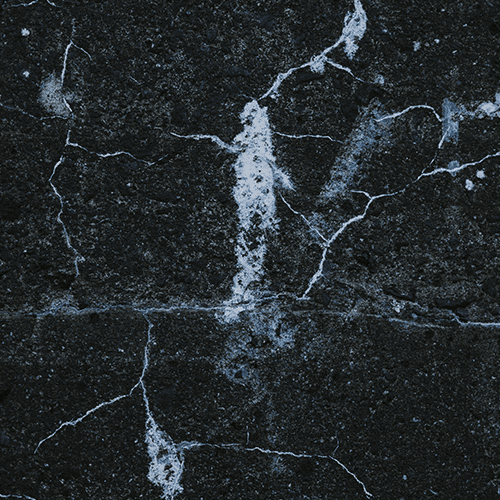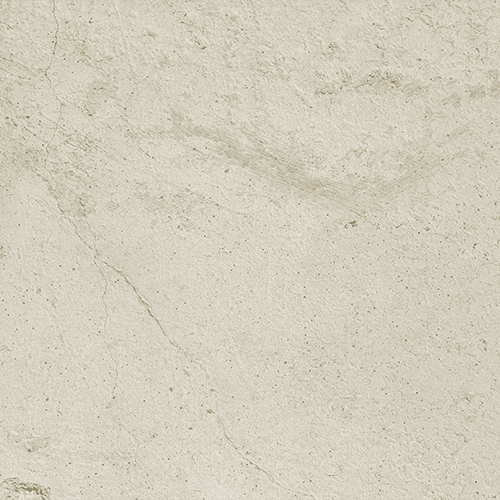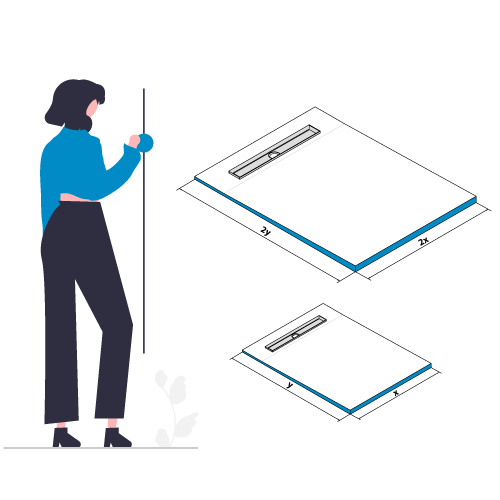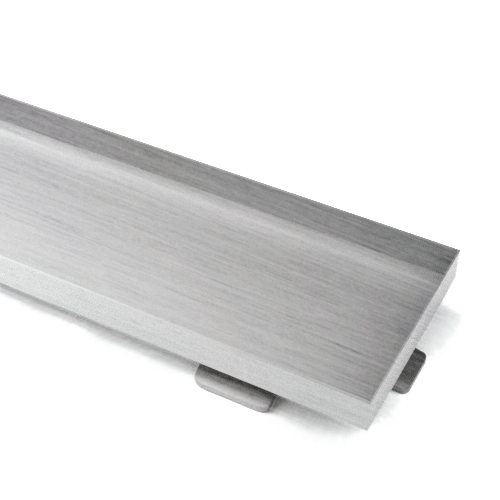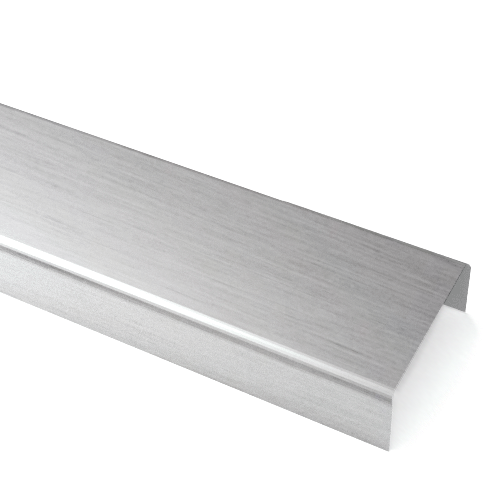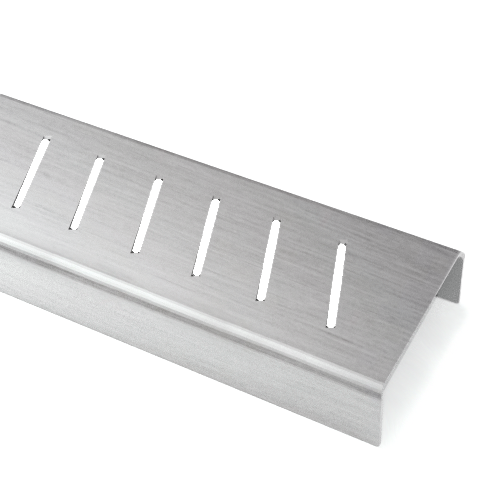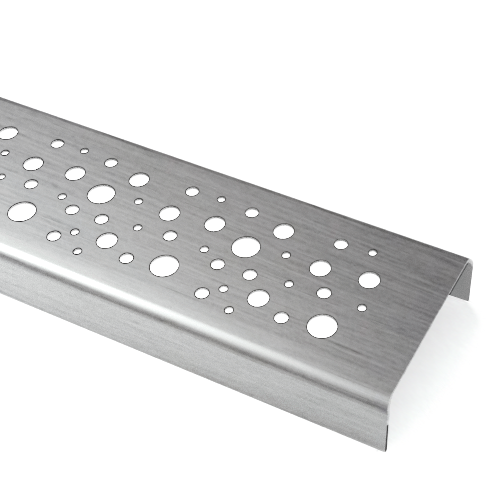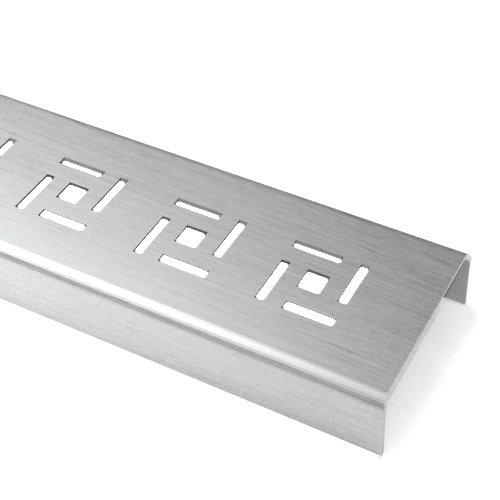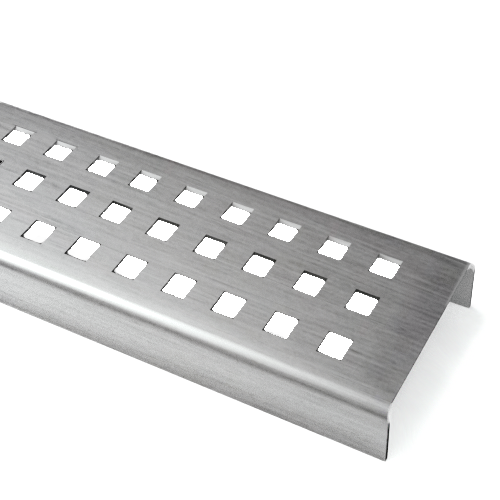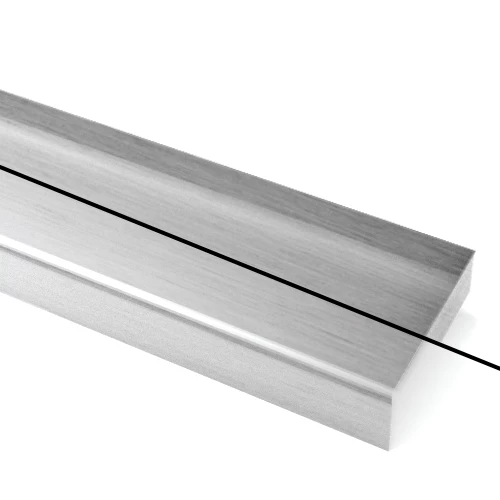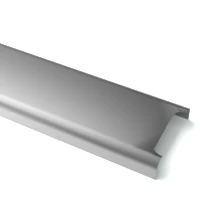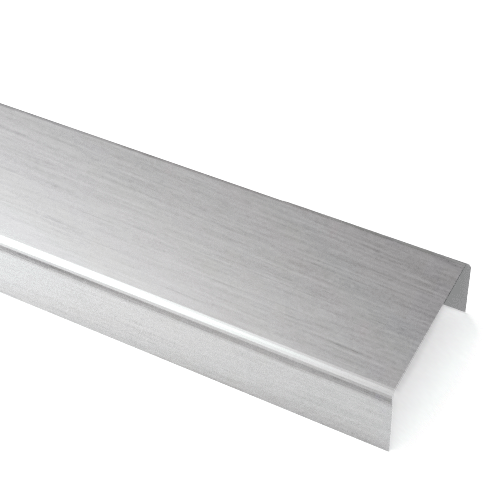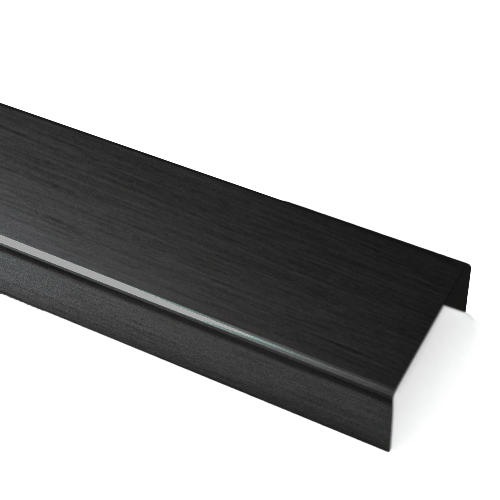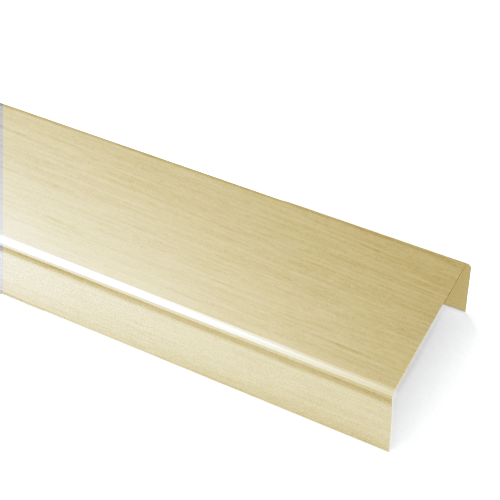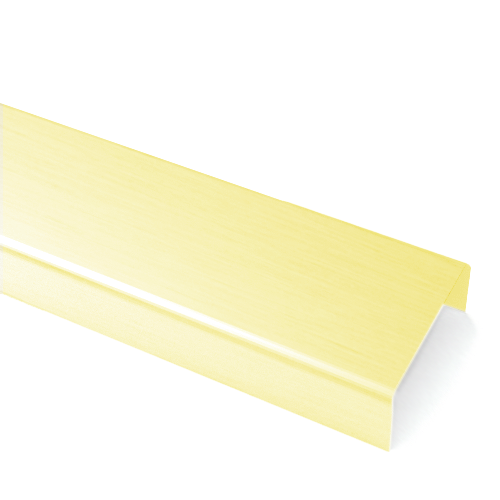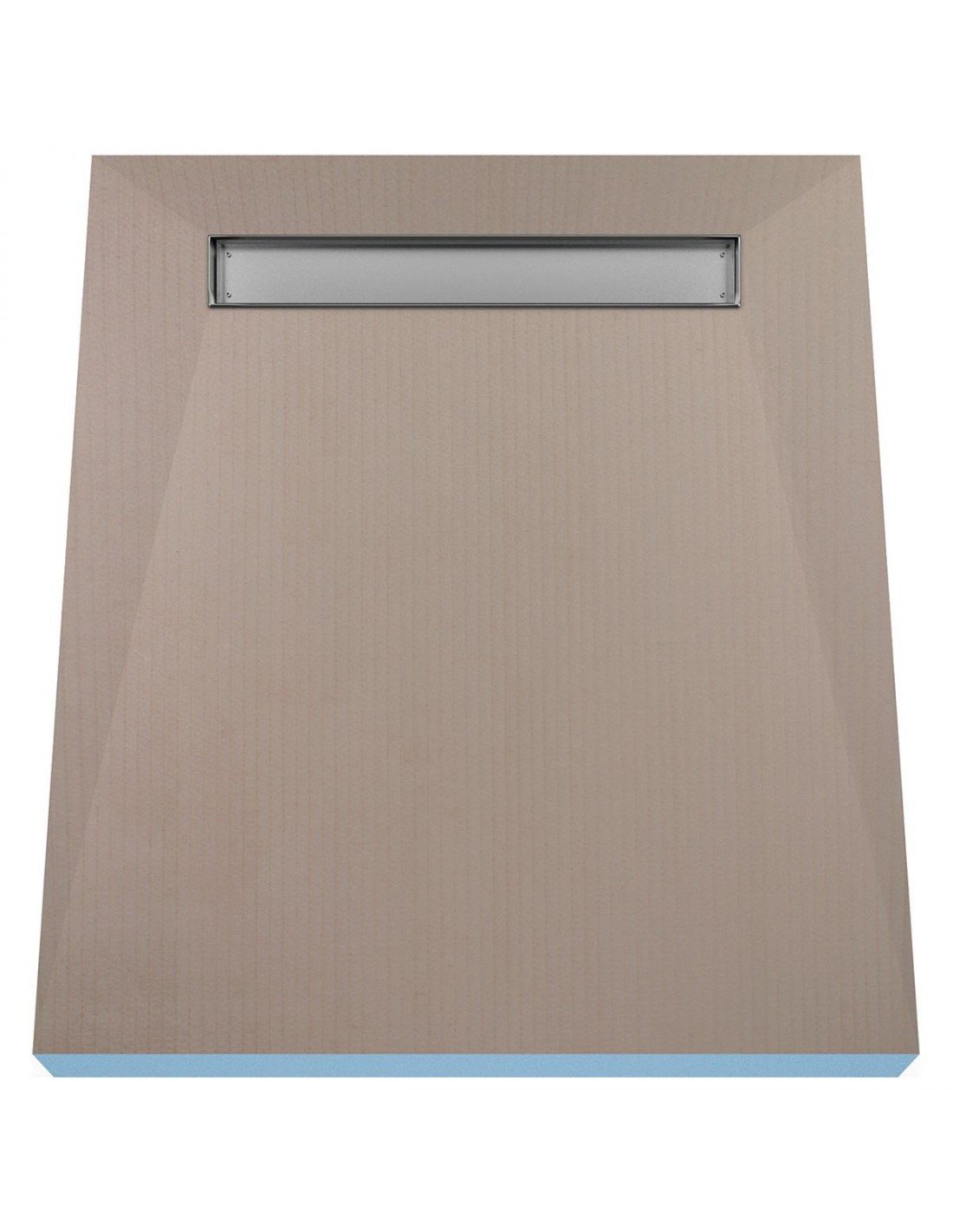- Adam
- Shower drains
- 1929 views

If you want your bathroom not to be a run-of-the-mill, we suggest you how to maneuver tiles in their arrangement. When finishing the bathroom with tiles, we have no limitations as to the choice of their colors, designs, shapes, sizes, and even more so whether we want the tiles to be placed on the whole wall or only on some part of it. Properly thought-out arrangement of them will bring order to the interior, making everything in its place.
Straight Tile Pattern
It is the most commonly used and consists in the fact that the tiles are arranged side by side, both vertically and horizontally. Has grouts parallel to the edges of the tile that intersect, forming crosses. This layout will definitely be suitable for any room. However, it is worth remembering that at angles other than 90 ° it will be necessary to trim the tiles. For a simple system we can use square and rectangular tiles that will also give an interesting effect.
Diamond Tile Pattern
A popular solution that gives a good effect with a small amount of work. Tiles are placed at an angle of 45 ° in relation to the edge of the walls. The system is recommended for rooms with irregular shapes in which square tiles are used. Here, the joints also intersect at a right angle. When choosing diagonal, we usually have to reckon with more waste.
Staggered Brick Bond Tile Pattern
The rows of tiles are arranged with an offset relative to each other. It is similar to laying floor panels. Depending on the length of the shift, we get a different effect. If the offset has half the length of the tile, which is most often used for small elements, we will obtain a brick system. This method of laying will require a surplus of the product by an average of 12%.
Modular Tile Pattern
For this arrangement we need at least two different tile formats. Thanks to this arrangement, we have the impression of shifting in both directions.
